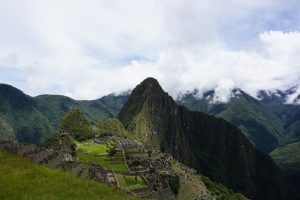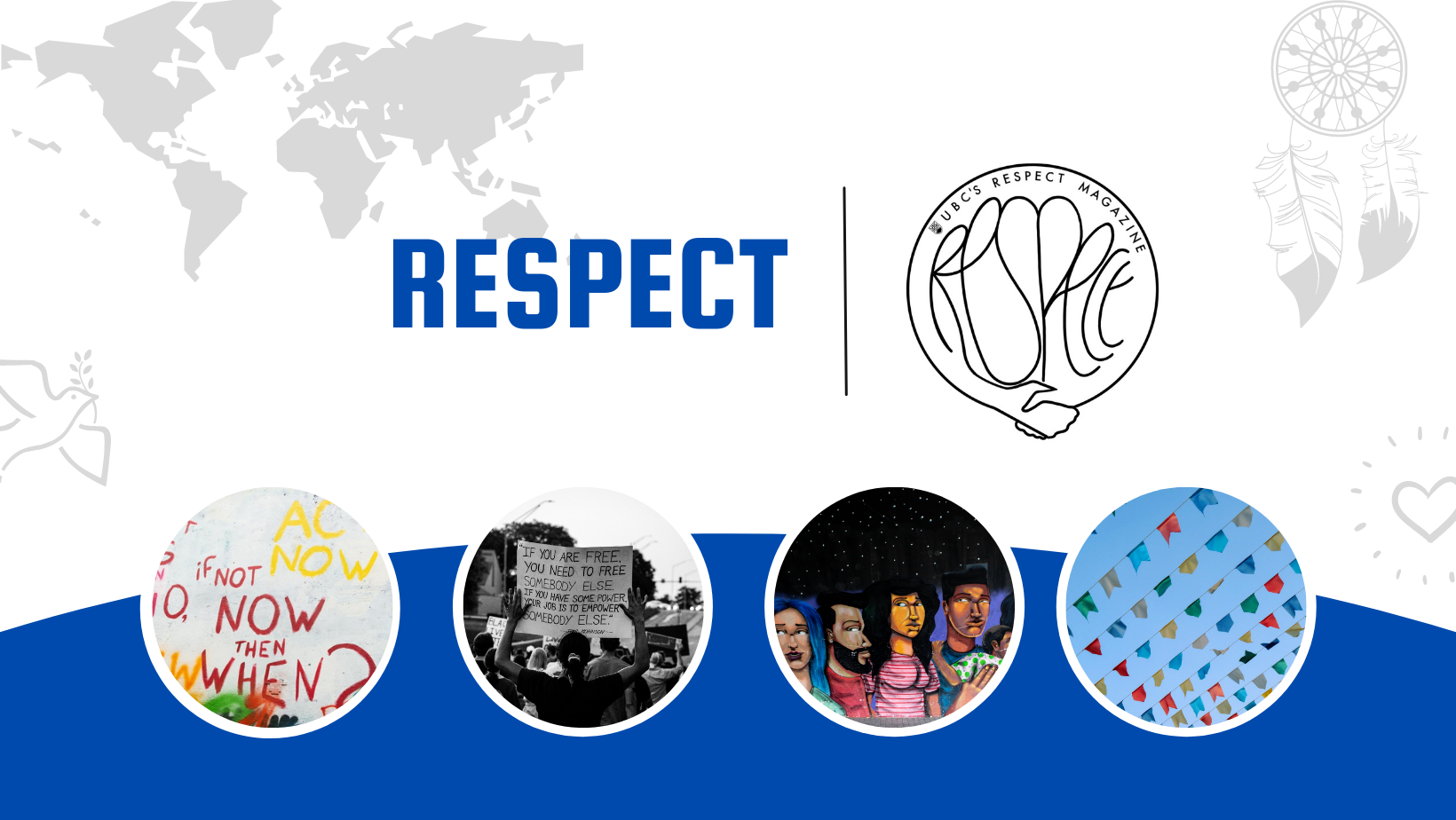My Lost Citadel/Mi Ciudadela Perdida by Valeria Díaz Cuba
This is, undeniably, a majestic city.
Standing on an elevated platform after countless stairs,
sick from soroche, but satisfied,
my first instinct is to capture the moment.
The view is better than edited pictures.
The young mountain painted in deep dark greens,
contrasts with the light tones of infinite platforms.
The green blend highlights dim grey rock structures
keeping the city safe, imposing like the Puma.
A ceiling of white clouds hides the future rain
and buries the city into its own secluded space.
The clouds like protective wings of the Cóndor,
enveloping the mountain inside
a curtain of soft feathers.
A river that marks the borders is the Serpent
that slides around its treasure and keeps the floor stable.
Underneath are stories of a distant past
when the city was alive.
The city is now asleep.
His head lies over the high ground
facing the sun in the day and the stars at night.
A head without a body,
incomplete.
Around me, people pose for pictures,
proud to face a wonder of the world.
A city found in ruins
that once contained priceless treasures of the past.
My picture only faced the landscape,
it did not include me.
I am already there.
Truth is, the city was never lost.
It is still there, immovable,
guarded by its gods.
Guiding our souls back to their lost identity.
All I know is that, watching the city from above,
I felt complete.
This is a poem I wrote in my first year for a creative writing class. I made some small changes from then on, but the idea is something that is still important for me today. The task was to describe a picture of yourself through a poem, but I chose this place instead. Because, like I said at the end, this place felt personal, linked to my heritage. I wanted to describe a very famous place without saying its name directly, but instead linking it to my personal experience and identity within it. The first and only time I visited this place, although it is probably the most famous marker of my country, I felt a connection to it that I know is only possible because of my heritage. Like I mention in the poem, I felt complete, I felt identified with this place to an overwhelming extent. Standing on the platform in front of this majestic view made me feel things I do not know how to describe. In a way, it felt mine, this feeling.
I am Peruvian, and this place is Machu Picchu. It is often called “La Ciudadela Perdida,” translated to “The Lost Citadel.” I, however, decided to name the poem “My Lost Citadel,” to express how it connects directly to my sense of identity and heritage. I wanted to convey my feeling of belonging and connection to this place. It was my first time visiting, and yet it felt familiar. This place is a source of national pride for everyone around me, but standing there certainly felt different. It was the feeling of coming back home, even if the home is new to you. This feeling of overwhelming familiarity is something that has followed me around many tourist attractions in Peru, but this time it felt more intense. Maybe it is because of its magnitude, or its fame, or simply the magic that engulfed me as I stood on the platform to watch my favourite wonder of the world, but I think it all links back to what this place means to me, in its history and its symbolic presence.
The imagery includes cultural and mythological references that I had toexplain to my workshop peers when we revised our poems in class. “Soroche” is the Quechua word borrowed into Spanish that means something along the lines of “altitude sickness,” very common when visiting the Sierra of Peru. “Young mountain” is the translation of Huayna Picchu in Quechua, the name of the big mountain that stands out in the pictures, behind the city. Machu Picchu, or “old mountain,” is the smaller one where the city is built. Additionally, I mentioned three animals: the puma, the cóndor, and the serpent. These three animals represent the three spheres of the cosmos in Inca mythology: the world above (hanan pacha, represented by the condor), our world (kay pacha, represented by the puma), and the world below (uku pacha, represented by the serpent). Finally, the personification of the mountain as a “he,” when I said, “his head lies over the high ground,” is also intentional. Whenever we see pictures of Machu Picchu, and even when we visited that time, my father never fails to mention that Huayna Picchu looks like the sideways face, and he calls it “the Inca.” These small details were added to make the experience more personal to me and my thoughts while visiting this place.
Like I mentioned, I wanted to write a poem about a place as representative of my identity. Whenever someone mentions Machu Picchu, or any other tourist attraction in Peru, I get filled by a sense of pride. This is the place of my history, my heritage, and my lived experience. The country I grew up in and which shaped who I am. And visiting such an important place in my beloved country made me feel a certain connection to everything around me, from the mountain to the river and the clouds themselves. This place, in a sense, was me, however weird it may sound. But this is how I felt, standing there for the first time. There is magic in this place, as if I could feel the weight of its history.
About the Contributor
I am an International Student at UBCO, in my third year as a Cultural Studies Major. Connecting my major to my positionality and lived experience, I developed an interest in language, heritage, and neocolonial ideologies, especially surrounding my identity as a Peruvian woman.
Image by Valeria Díaz Cuba
